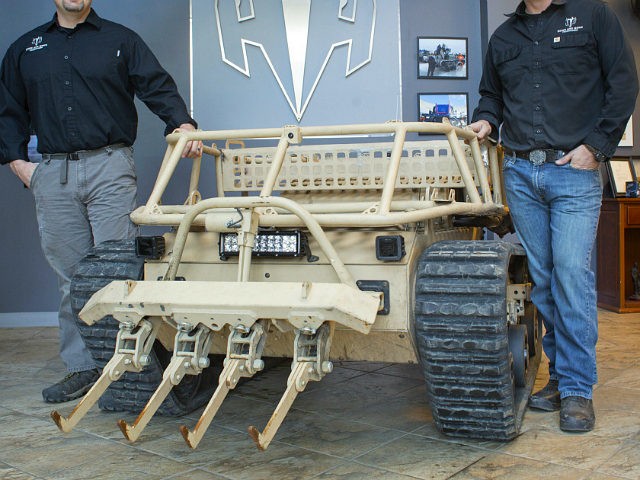The United States Army is developing compact weapons platforms “optimized for fighting in dense urban terrain.”
Despite a long history of resistance to the idea, it appears that our military is finally considering the seeming inevitability of mechanized warfare. As they prepare to hand over many human tasks to their automated counterparts, it has become apparent that the age of putting (human) boots on the ground may be coming to an end.
By 2020, they want prototypes of both robotic and “optionally manned” units available for field testing. That means having something solid to work with by 2019. Brigadier General David A. Lesperance told reporter Sydney Freedberg of Breakingdefense.com that they expect heavy modeling, simulation, and experimentation in the next “six to 12 months.”
Army Chief of Staff Mark Milley created the “Cross Functional Teams” working on what he termed the “Big Six” military modernization priorities, to carry the American armed forces into the future. The “Next-Generation Combat Vehicle,” or NGCV, is near the top of that list.
Unfortunately, our national military is not known for their armored warfare designs. Our premier advances have been little more than a modification of the same M1 Abrams and M2 Bradley tanks that we have been using since the Cold War. Every major attempt at advancement beyond those designs has failed.
General Lesperance was unable to confirm a fielding date but is determined to see “experimental prototypes” in “shakedown testing” in 2019, followed by an operational model in 2020. That would put development of next-generation combat vehicles two years ahead of the previous timeline, in addition to adding robotics not part of the original plan.
General Lesperance further specified that the “optionally manned” and fully robotic units were not one and the same and that either one could be advanced or altogether scrapped in the process. The one thing that is certain is that the U.S. Army is finally taking a real shot at adapting to 21st-century warfare — all they need to do now is make sure Russia does not get there first.

COMMENTS
Please let us know if you're having issues with commenting.